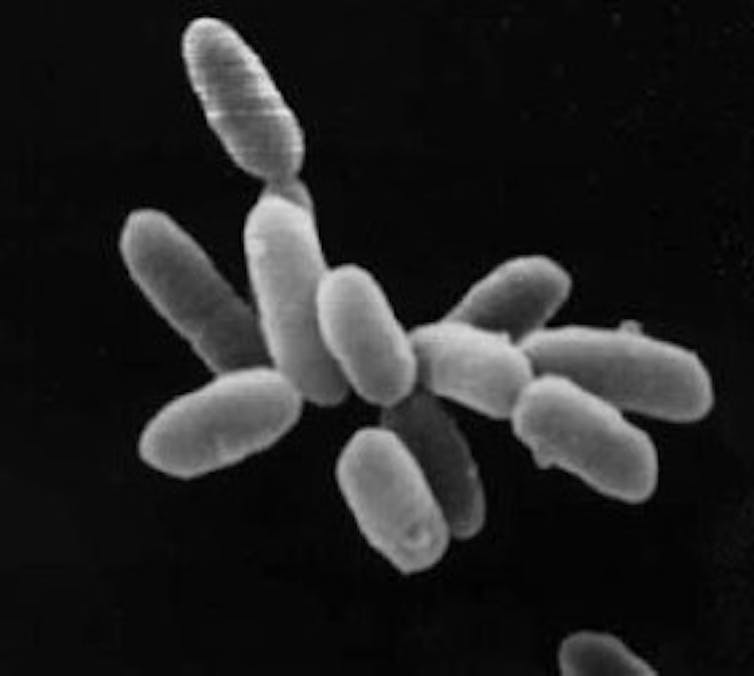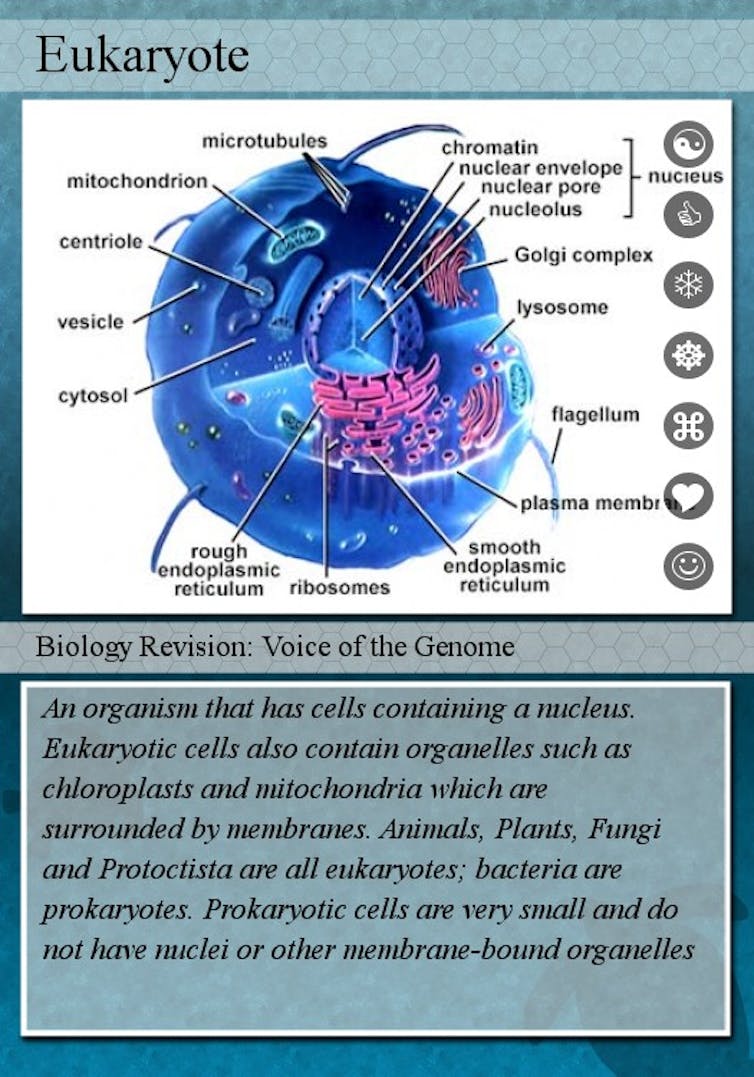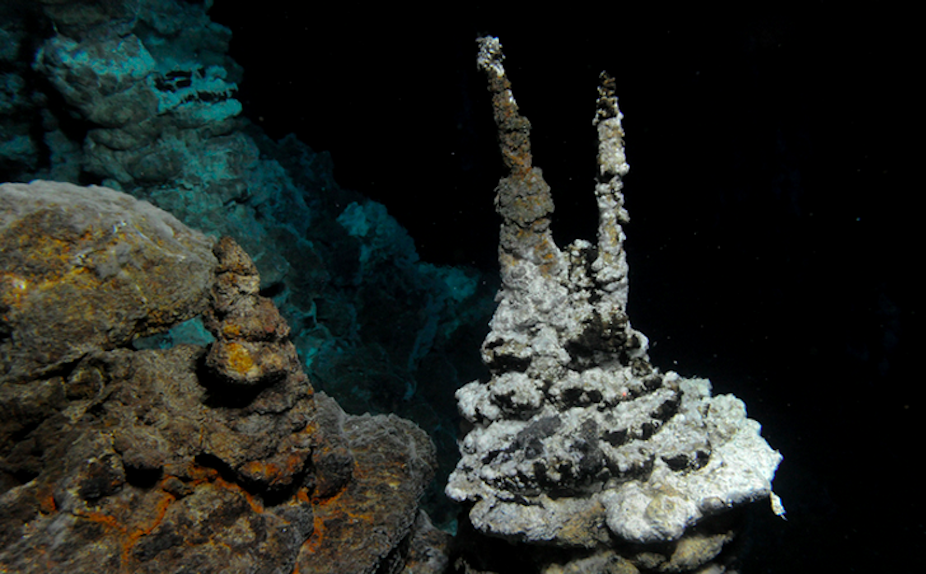Researchers have discovered a group of microscopic organisms in deep sea sediment from the Atlantic Ocean that could be the crucial missing link in the early evolution of life on Earth. Their study sheds light on one of the most important questions in biology: how did ancient ancestors of simple cells like bacteria evolve to give rise to more complex organisms such as us humans?
The authors of the study, published in Nature, analysed DNA extracted from sediment cores driven two metres into the seafloor – more than 3,000 metres below sea level. Their analysis revealed a completely new group of microorganisms called Lokiarchaeota, which the researchers named after “Loki’s Castle”, a field of hydro-thermal vents on the mid-Atlantic ridge near the sampling location.
The Lokiarchaeota are considered to be important because they provide the best evidence to date for the evolutionary link between simple single-celled organisms, called prokaryotes, and organisms with complex cells called eukaryotes like multi-cellular animals and plants.
Multi-million piece jigsaw puzzle
Bacteria are the best known and most studied prokaryotes. However, the Lokiarchaeota are members of a very different, major group of prokaryotes often found in extreme environments, called Archaea, which enjoy much less public recognition even though they are now known to be at least as important as bacteria, if not more so. Some in this group are well known: Methanogens, for example, have been exploited as a source of renewable energy.

Modern-day single-celled prokaryotes and the more complex eukaryotes constitute the so-called major “domains” in the tree of life. It is clear that prokaryotes evolved first, just under four billion years ago. Eukaryotes appeared much later, possibly around two billion years ago. Since there is no micro-fossil record to help trace the evolutionary transition from prokaryotes to eukaryotes, scientists rely on DNA-based evidence from existing organisms to investigate the issue.
Although the researchers were not able to isolate or grow any of the Lokiarchaeota, they were able to identify bits of their DNA in the sediment samples. Thanks to next-generation DNA sequencing and high-performance computing, they could then sort these from the rest of the sediment’s diverse microbial community DNA mixture.

Remarkably, they were able to obtain three representative genome sequences, one almost complete. This is like solving a multi-million piece jigsaw puzzle from a box including billions of pieces from other similar but subtly different jigsaws. To complete a computing tour de force they picked out several key genes from the Lokiarchaeota genomes and compared them with related genes from many other prokaryotes and eukaryotes.
Starting pistol
In this way they showed that the Lokiarchaeota are the closest single-celled relatives of eukaryotes yet to be discovered. Their genomes contain eukaryote-like signature genes, such as those involved in cell division and the movement of structures inside the cell. However, a major difference between prokaryotes and eukaryotes is that the latter contain membrane-bound structures such as vesicles and organelles, for example mitochondria and chloroplasts.
It has been known for some time that the major eukaryotic organelles originated from ancient bacteria. The new evidence suggests how this happened. Billions of years ago “advanced” prokaryotes with unique capabilities, ancient ancestors of the Lokiarchaeota, engulfed and retained bacteria for energy metabolism and photosynthesis, which became the mitochondria and chloroplasts in modern eurkaryotes. These were the first eukaryotes.
The paper has effectively fired a starting pistol – the search is now on for more Lokiarchaeota and, possibly, other relatives that might provide further insights into the evolution of cellular life. Genome sequencing may also provide clues as to how to cultivate the Lokiarchaeota.
Analysis of combined microbial community genomes (or metagenomes) from marine sediments and many other environments is being carried out on a massive scale by research groups across the world, so it is likely that our rapidly expanding DNA sequence databases will soon provide more information on these important Archaea.

